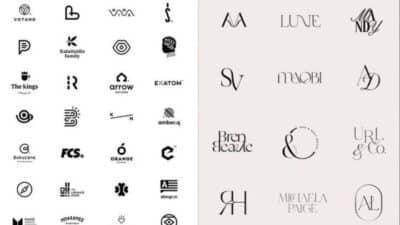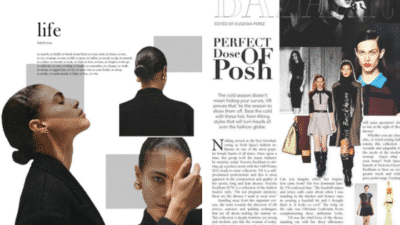Graphic design magazines have played a major role in shaping creative communities and providing you with a steady stream of ideas, tips, and visual trends. Whether you’re a seasoned professional or just starting out, these publications spotlight the latest projects, showcase influential designers, and share practical advice tailored to your needs. If you want to stay inspired and keep up with changing aesthetics, graphic design magazines are a valuable source for fresh perspectives and industry insights.
From classic print editions to digital platforms, you’ll find magazines like Eye, Creative Review, and Communication Arts delivering a unique blend of visual culture and in-depth stories. These resources help you discover new inspiration, learn about emerging technology, and see how design influences everything from branding to everyday life.

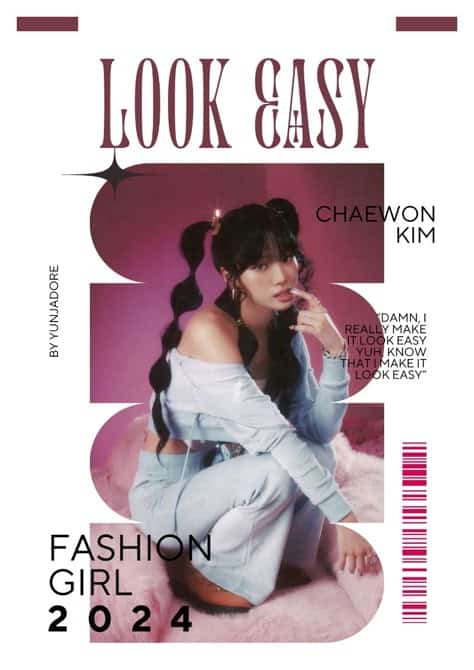

Key Takeaways
- Graphic design magazines connect you with trends and creative ideas.
- They spotlight leading designers and practical advice fueled by visual culture.
- These magazines influence your approach to design both in print and online.
What Are Graphic Design Magazines?
Graphic design magazines are specialized publications that showcase visual communication, discuss trends, and highlight the work of designers and artists. They serve as both inspirational resources and educational platforms for anyone interested in design, art, or visual culture.
History and Evolution
Graphic design magazines first appeared in the early 20th century, emerging as niche publications within the broader print industry. Titles like PRINT (founded in 1940) became influential in documenting the evolution of design, spotlighting movements such as modernism and the digital revolution.
As techniques and technology evolved, these magazines adapted. Early issues focused primarily on print methods and typography, while later editions explored digital media, branding, and user experience. The shift from print to digital also brought interactive content, making design magazines more accessible and visually engaging online.
You’ll now find both long-standing print editions and web-based platforms. Some, like Eye Magazine and Communication Arts, remain respected sources for comprehensive critiques and portfolio features.
Key Features
Graphic design magazines offer a mix of visual and editorial content aimed at professionals, students, and enthusiasts. You’ll see interviews, features on agencies and artists, artwork showcases, and articles on trends, tools, and techniques.
Common features include:
- High-quality images and layouts
- Case studies and project walkthroughs
- Tutorials and expert tips
- Industry news and design reviews
These magazines often use striking graphics and well-designed typography, acting as both reference and inspiration. Some publications provide practical advice for building your portfolio, finding clients, or mastering new software.
Subscriptions may include print copies, digital access, or both, giving you flexibility in how you engage with content.
Impact on the Design Industry
Design magazines have helped shape professional standards and creative practices across the art and design world. By featuring innovative projects and influential designers, they set benchmarks for creativity and technical skill.
Profiles of agencies, freelancers, and emerging talent support networking and foster a sense of community. You’ll often find job listings, event announcements, and competitions that directly connect you to new opportunities.
Many design educators and institutions use magazine content as teaching material, ensuring that trends and best practices reach classrooms and studios. As curated sources, these publications continue to influence both taste and technique in graphic design.
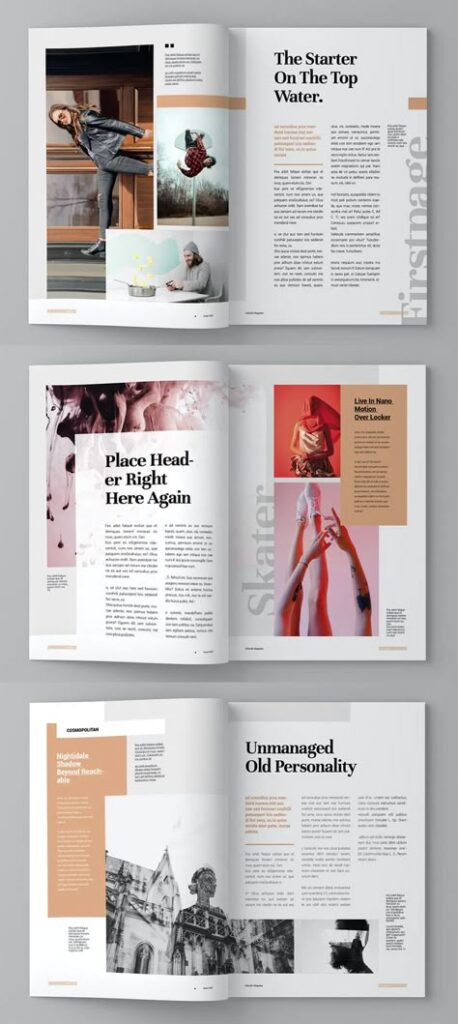

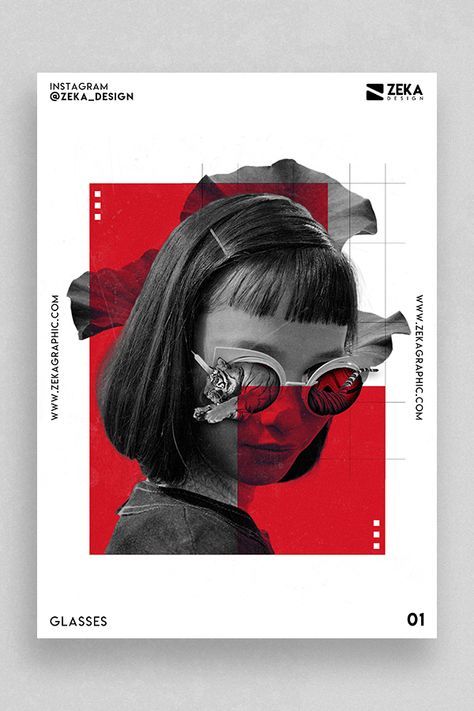
Top Graphic Design Magazines
Finding the right graphic design magazine depends on what inspires you and which areas of design you want to explore. Some publications highlight major industry trends, while others focus on unique voices or give a glimpse into global creative communities.
Industry Leaders
The most widely recognized names in graphic design magazines are valued for their consistent coverage of design, illustration, and photography. Communication Arts is a staple in the community, known for its comprehensive features, annual competitions, and clear visual showcases. If you want inspiration and practical advice from experienced professionals, this magazine provides detailed project breakdowns and in-depth interviews.
Creative Review and Eye Magazine both stand out for their analysis of creative culture and their deep dives into brand case studies, typography, and emerging designers. These magazines often include photography highlights, editorial design, and visual essays that span a broad range of disciplines.
For lists and trends, The Drum and Adweek feature branding and advertising content that is especially useful if you’re interested in the crossover between design and marketing. Both are good choices if you want to keep a pulse on industry news and big creative campaigns.
Independent and Niche Publications
If your style leans indie, several independent magazines push the boundaries and focus on unique themes or specialized areas. Slanted magazine is a great resource for cutting-edge typography and contemporary design, often showcasing up-and-coming talent alongside respected figures.
3×3 Magazine focuses on illustration and visual storytelling, making it a favorite among illustrators and designers looking for creative push. Juxtapoz offers a look into the underground art scene, shining a light on graphic artists, muralists, and photographers from diverse backgrounds.
Other magazines like Varoom explore visual communication and provide a place for graphic designers working in editorial, children’s books, and comics. These niche publications are perfect if you prefer in-depth articles and alternative creative perspectives you might not find in mainstream titles.
International Editions
You can expand your design horizons by exploring international design magazines. Idea (Japan) provides deep analysis of Asian graphic design and innovative typography, offering rare insights not easily found in Western publications.
Wallpaper* is an art and design magazine published in multiple languages and covers graphic design, interior design, and architecture. It’s known for its stylish covers, creative photography, and curated feature stories from around the world.
European magazines like Slanted (Germany) and others such as eVolo Magazine (focused on architecture and design) deliver global trends, design critiques, and interviews with international designers. These editions are especially useful if you’re seeking inspiration beyond your local design scene, or on the lookout for diverse visual styles.
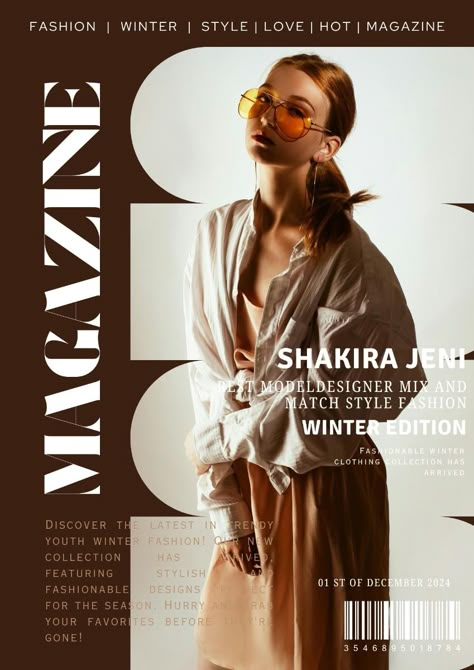


Content and Editorial Focus
Graphic design magazines offer a range of editorial content that connects you to creative inspiration, practical advice, and the evolving world of visual arts. You’ll find discussions with leading artists, analysis of recent trends, and deep dives into typography—all tailored for readers like you.
Interviews with Artists and Designers
Many graphic design magazines feature candid interviews with established and emerging artists. These interviews provide insights into creative processes, personal journeys, and the challenges designers face. You can expect honest commentary about finding inspiration, approaching new projects, and balancing artistic vision with client needs.
Interviews may include portfolio spotlights, Q&A formats, or long-form stories that go behind the scenes of a creative’s work. Some magazines highlight international voices to broaden your perspective. These sections often include images of featured work, allowing you to see the artist’s style and methods up close.
By reading these interviews, you gain practical tips directly from professionals and discover new approaches to common design problems. This editorial content is a reliable source for learning about industry trends and networking opportunities.
Trends and Visual Arts Coverage
Staying up to date with current trends is a key benefit of reading graphic design magazines. These publications analyze design movements, color palettes, and shifts in visual arts that may influence your own creative output. You’ll often find features on poster design, branding, editorial layouts, and even experimental projects.
Magazines cover both local and global trends, offering comparisons and case studies from different regions. Visual spreads and curated galleries are typical, giving you inspiration through curated examples and commentary. You might see emerging styles highlighted alongside classic influences, offering ideas that are both fresh and grounded.
Editorial teams sometimes invite guest curators or trend forecasters to provide unique perspectives. This focus gives you actionable insights and helps you identify which styles and techniques are gaining influence in the design world.
Typography and Typefaces
Typography is a major topic in most graphic design magazines, with detailed coverage of both current typeface releases and historical classics. Articles may compare font families, explain best practices for legibility, or highlight unique uses of custom letterforms in projects.
You can find analyses of iconic typefaces as well as interviews with type designers. Some magazines include tips for pairing fonts, using variable fonts, and navigating licensing. Lists and tables are often used to showcase new releases and recommended pairings:
| Typeface | Designer | Year Released | Notable Use |
|---|---|---|---|
| Helvetica Neue | Max Miedinger | 1983 | Corporate Branding |
| GT America | Noël Leu | 2016 | Digital Publications |
By staying informed about typography through these articles, you can refine your typographic skills and make confident choices in your own design work.


How Graphic Design Magazines Inspire Creativity
Graphic design magazines offer you a direct look into emerging trends, practical advice, and the creative journeys of industry leaders. These resources help keep your visual ideas fresh, informed, and adaptable for various mediums like advertising and posters.
Showcasing Innovative Designs
Magazines dedicated to graphic design regularly feature standout work from agencies, freelancers, and students. They provide:
- Eye-catching layouts
- Smart use of typography
- Color palettes that set trends
You’ll see poster designs, branding projects, or advertisements that push boundaries and rethink how visuals communicate. By highlighting these pieces, magazines offer real-world examples that can prompt new ideas for your own projects.
Often, articles dive into the story behind each design, revealing what inspired choices in composition and technique. Exposure to this variety helps you develop your own style and challenges conventional thinking.
Guides, Tips, and Tutorials
Many graphic design magazines include step-by-step guides, tips from professionals, and in-depth tutorials. These sections focus on subjects like:
- Poster layout tricks
- Effective advertising concepts
- Methods for using color and type
Guides show you how to apply theory in practical scenarios, whether designing a book cover or creating marketing materials. You can learn new digital techniques or rediscover analog processes that have influenced generations of designers.
Tip boxes, checklists, and annotated visuals make complex topics approachable, so you can experiment confidently. Tutorials often bridge the gap between reading and doing, sparking confidence and creativity in your work.
Influence on Other Creative Fields
Graphic design magazines frequently explore the intersection of design with fields like illustration, fashion, and publishing. You’ll notice how design principles in magazines inform trends in advertising, books, and even technology.
Spotlights on cross-disciplinary collaborations show how ideas migrate from a poster concept to a book cover or an ad campaign. Interviews with creative professionals from different backgrounds highlight ways graphic design influences, and is influenced by, other creative industries.
This broad perspective encourages you to look beyond graphic design alone, drawing inspiration from multiple sources and making your portfolio more versatile. A magazine’s curated selection can connect you to communities and movements shaping the future of visual culture.


The Role of Technology in Modern Graphic Design Magazines
Technology shapes how you access, interact with, and contribute to graphic design magazines. Computers, the internet, and digital tools have enabled new formats, broader engagement, and richer content than ever before.
Digital Issues and Online Accessibility
Digital publishing lets you read graphic design magazines on computers, tablets, and phones. Most magazines now offer digital issues alongside or instead of print, removing distribution barriers and letting you access content instantly wherever you are. Search features, zoom functions, and hyperlink navigation enhance your reading experience.
You no longer have to wait for print deliveries or visit stores to find new issues; they’re often available the moment they’re published. Back issues and archives are accessible online, so you can revisit older articles easily. Digital editions may also feature adaptive layouts, making reading comfortable across different devices.
Subscriptions have become flexible, with options for monthly, yearly, or even single-issue purchases. Direct downloads, browser-based viewing, and dedicated magazine apps give you multiple access points according to your preferences.
Multimedia Integration
Contemporary graphic design magazines use technology to integrate multimedia elements that you simply don’t get with print. You’ll find embedded videos, slideshows, interactive graphics, audio commentary, and clickable prototypes in most leading digital magazines.
This integration gives you deeper insight into design processes and techniques. For example, an article about typeface design might include a video interview with the designer or an interactive slider showing how a logo evolved. These features keep you engaged and give richer educational value, especially for visual learners.
You can experience design in motion and interact with content, not just look at static images. Real-time demonstrations and before-and-after comparisons make complex design concepts far easier to grasp.
Networking and Community Building
Technology has made graphic design magazines into interactive communities rather than just publications. You can now join forums, attend webinars, and submit your work directly through magazine websites. Social media integration allows you to follow artists, start conversations, and participate in reader polls or challenges.
Networking features such as comment sections, chat rooms, and collaborative projects mean you can connect with designers around the world. Many magazines host online events and Q&A sessions, letting you interact directly with featured creators or editors.
This connectivity creates opportunities to share portfolios, request feedback, and stay updated on industry news. You aren’t just a reader—you’re part of an evolving design community connected by digital networks.
Beyond the Page: Graphic Design Magazines’ Influence
Graphic design magazines impact more than just graphic arts—they influence connected fields in tangible ways. Their content inspires creative choices in areas like architecture, industrial products, fashion, and even everyday merchandise.
Impact on Adjacent Arts and Industries
When you read a graphic design magazine, you’re not only seeing the work of graphic artists. You’re also discovering trends and principles that shape photography, branding, advertising, and digital products.
Design magazines often spotlight the fusion of art and commerce, showing how graphic layouts become branding templates and advertising campaigns. These pages reveal color palettes and layouts that inspire interior stylists and digital creators.
For example:
- Branding concepts move from magazine features to product packaging.
- Typography choices find their way into digital interfaces and signage.
You can see how ideas from these magazines spread to creative studios and agencies across industries.
Graphic Arts in Architecture and Industrial Design
Architects and industrial designers often look to graphic design magazines for fresh perspectives. The visual solutions showcased in these magazines can influence building facades, spatial layouts, and even furniture prototypes.
You’ll notice that graphic motifs sometimes cross into architectural surfaces. This might include large-scale murals, etched glass, or custom wall graphics featured in office lobbies and public buildings.
Key connections include:
| Graphic Arts Element | Influence on Architecture/Industrial |
|---|---|
| Color blocking | Façade treatments, interior themes |
| Visual hierarchy | Wayfinding systems, user flow |
| Iconography | Signage, product interface labeling |
You benefit as these fields borrow from each other, leading to more cohesive environments and innovative product designs.
Fashion, Posters, and Merchandise
Graphic design magazines are also a reference point for clothing designers and merchandisers. The graphics you see on T-shirts, tote bags, and limited-edition posters often trace back to trends first shown in print magazines.
Illustrators and garment makers draw inspiration from magazine spreads, experimenting with layout, typography, and visual icons. The result is clothing and merchandise that feel current but are grounded in solid design principles.
You’ll find that posters for concerts, special events, and exhibitions frequently echo layouts, color schemes, and themes explored in these publications. Merchandise, from mugs to tech accessories, borrows the same language, bringing graphic arts closer to your daily life.
- 1.9Kshares
- Facebook0
- Pinterest1.9K
- Twitter0

